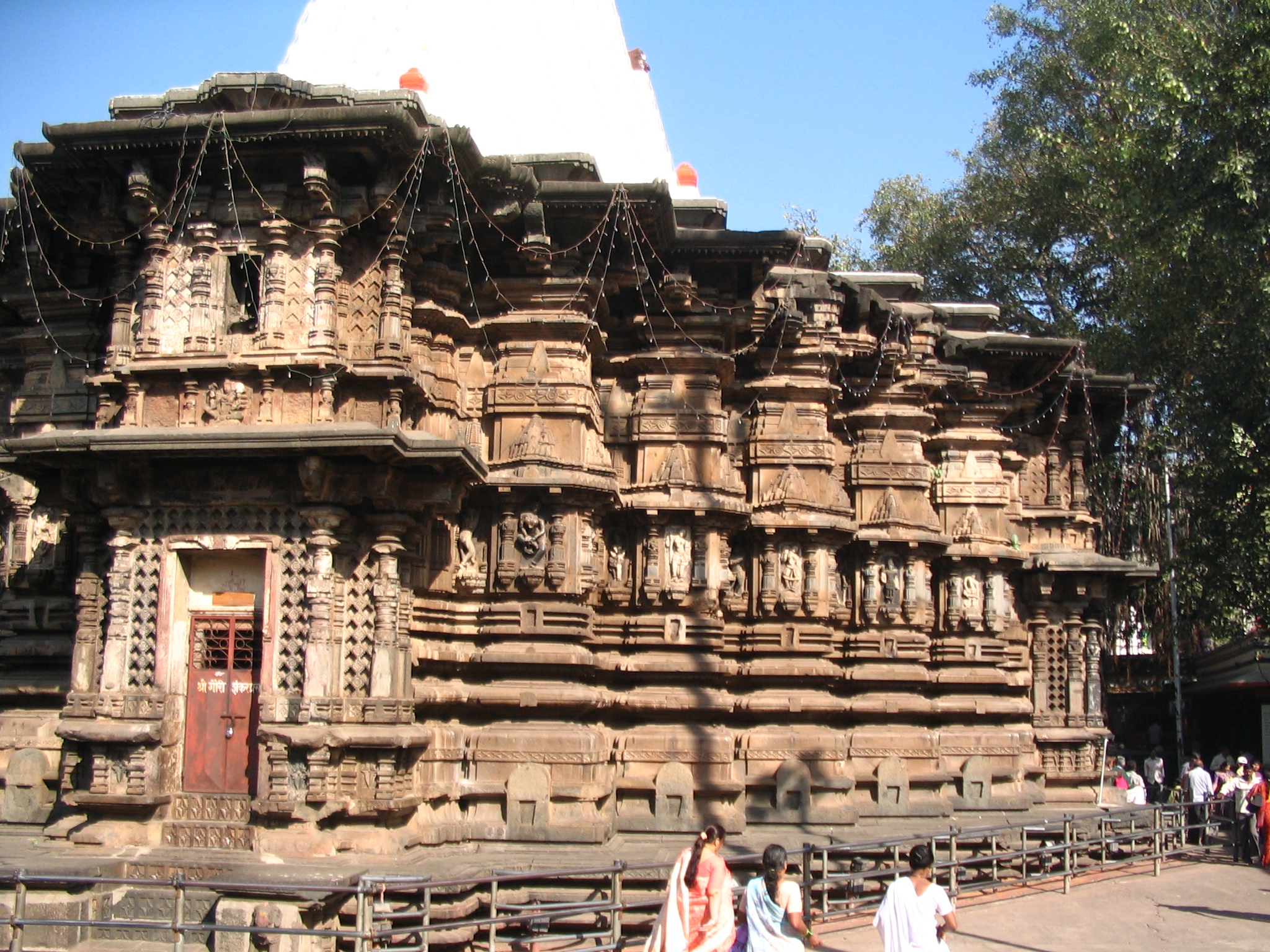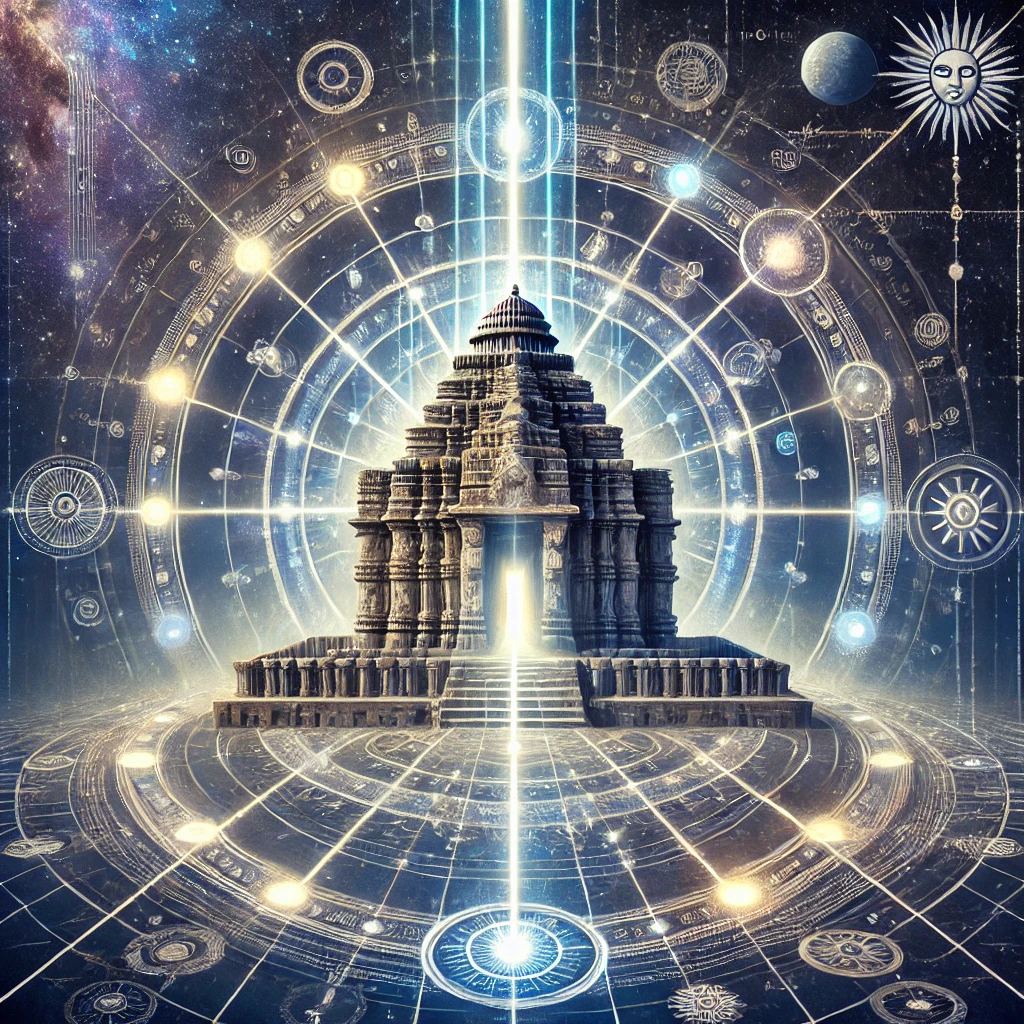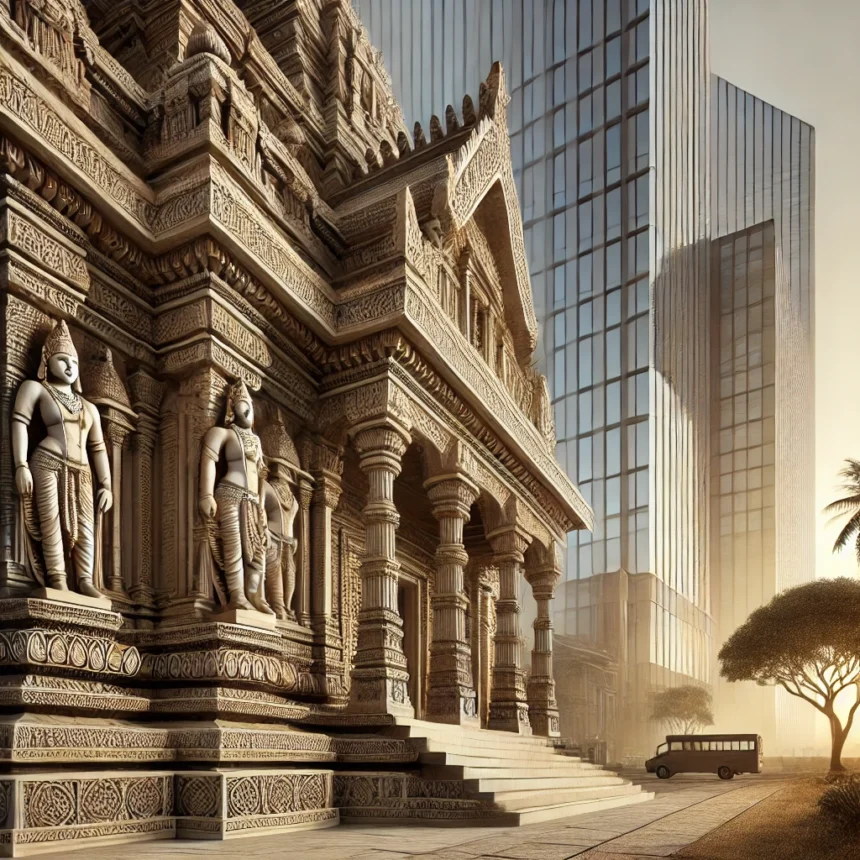Vedic Science Cultural Relevance in Architecture and Modern Applications II
Introduction
The cultural significance of Vedic science in architecture is a testament to ancient India’s enduring legacy of wisdom. As we explore the Vedic Science Cultural Relevance in modern architecture, we discover the profound impact of these timeless principles on contemporary design practices. This impact is evident in the innovative approaches to building construction that prioritize harmony, sustainability, and well-being. Building on our previous exploration of Vedic science and architecture, this installment examines the ways in which ancient Indian wisdom continues to inspire modern architects. We will explore how these architects are guided toward creating built environments that promote harmony, sustainability, and well-being.
The Art of Harmony through Vedic Science Cultural Relevance
In ancient India, Vedic Science Cultural Relevance converged to create structures that embodied the perfect harmony between aesthetics, functionality, and spirituality. The art of constructing buildings that pleased the senses and elevated the spirit was rooted in a profound understanding of the interconnectedness of all things.
According to the Agni Purana, a text that describes Vedic architecture, creating harmonious structures was a sacred act requiring the integration of various disciplines, including astronomy, mathematics and art. “Ancient Indian builders recognized the built environment’s profound impact on human consciousness and sought to create structures promoting spiritual growth, well-being, and harmony with nature.
Symbolic motifs and geometric patterns were key aspects of Vedic architecture. Intricate carvings of deities, cosmic symbols, and natural forms adorned the walls and ceilings of ancient Indian structures. These carvings served as a visual representation of the interconnectedness of all things. For example, the lotus motif symbolized spiritual growth and enlightenment, while the svastika represented the harmony and balance between the macrocosm and microcosm.
The ancient Indian concept of ‘Vastu Shastra’ played a crucial role in creating harmonious structures. This ancient architectural science emphasized aligning buildings with the natural environment and celestial bodies. By orienting structures in harmony with the cardinal directions and the movements of the sun, moon, and stars, ancient Indian builders created buildings that resonated with the natural world. This resonance promoted harmony and balance within.
Shri Mahalakshmi Temple of Kolhapur: A Living Example

The Marvelous Konark Temple

The Sun Temple of Konark, built in the 13th century CE, is a testament to the art of harmony in Vedic Science Cultural Relevance. This magnificent structure, with its intricate carvings and precise geometric patterns, embodies the perfect balance between aesthetics, functionality, and spirituality. As a symbol of the harmony that exists between the macrocosm and the microcosm, the Sun Temple of Konark continues to inspire wonder and awe in all who experience it. Many aspects of the temple cannot be replicated using modern science.
By embracing the principles of Vedic Science Cultural Relevance, modern builders and architects can create structures that not only please the senses but also elevate the spirit and promote harmony with the natural world. The art of harmony in ancient Indian architecture offers valuable lessons for modern construction practices, emphasizing the importance of aesthetics, functionality, and spirituality in the creation of built environments that nourish both body and soul.
Cultural Relevance: Influence of Vedic Science on Later Indian Architectural Styles
The architectural principles rooted in Vedic science profoundly influenced the evolution of Indian temple architecture. This influence became particularly prominent during the Chola and Vijayanagara periods. These dynasties not only inherited but also innovatively adapted ancient construction techniques, resulting in enduring architectural marvels.
Chola Dynasty (9th to 13th Century CE):
The Cholas are celebrated for monumental temples like the Brihadeeswarar Temple in Thanjavur. Their architectural style was a continuation of Pallava traditions, emphasizing grand scale and intricate carvings. The Cholas utilized stone instead of brick for greater durability and incorporated complex iconography and detailed sculptures, reflecting a deep understanding of Vedic symbolism and aesthetics. To know more on the topic visit this site: Vajiram & Ravi.
Vijayanagara Empire (14th to 17th Century CE):
Vijayanagara architecture represents a harmonious amalgamation of earlier styles, including those of the Chalukya, Hoysala, Pandya, and Chola. This synthesis is evident in the grand temple complexes of Hampi, characterized by towering gopurams (gateway towers), expansive courtyards, and intricate pillared halls. The Vijayanagara architects adopted and expanded upon Vedic architectural principles, creating structures that were both functionally resilient and aesthetically captivating. To learn more click this link: IJCRT.
The enduring legacy of Vedic science in these architectural styles underscores the cultural continuity and adaptability of ancient Indian knowledge systems. By studying these influences, modern architects can draw inspiration for sustainable and harmonious design practices that honor traditional wisdom while embracing contemporary needs.
Applications of Vedic Science Cultural Relevance
The timeless principles of Vedic Science Cultural Relevance have been applied in various contexts throughout history, resulting in structures that embody harmony, sustainability, and spiritual significance. The following examples illustrate the cultural relevance and enduring legacy of Vedic Science and Architecture.
Ancient Examples
- The Brihadeeswarar Temple: You could elaborate on the temple’s design and architecture, highlighting specific features that demonstrate Vedic Science Cultural Relevance principles, such as the use of fractals, geometric patterns, and alignment with the cardinal directions.
- The Sun Temple of Konark: You could discuss the temple’s design in relation to the concept of “Surya Siddhanta” and how it reflects the ancient Indian understanding of the sun’s movement and its relationship with the natural world.
- The Kailasa Temple: You could provide more details on the temple’s engineering and architectural features, such as its intricate carvings, geometric patterns, and alignment with the natural landscape.
Modern Examples
- The Akshardham Temple: You could discuss how the temple’s design incorporates modern materials and technologies while still adhering to traditional Vedic Science Cultural Relevance principles.
- The Lotus Temple: You could elaborate on the temple’s design and how it reflects the concept of “Padma Siddhanta” and the spiritual significance of the lotus flower.
- The Green Village: You could provide more details on the village’s design and how it incorporates sustainable living principles and harmony with nature, highlighting specific features such as green roofs, solar panels, and rainwater harvesting systems.
Impact of Modern Educational Policies on Ancient Indian Sciences
Post-independence, India’s educational landscape underwent significant transformation under the leadership of Prime Minister Jawaharlal Nehru. Nehru’s vision emphasized scientific temper and industrial progress, which, while propelling the nation toward modernization, led to the marginalization of traditional Indian knowledge systems.
Nehruvian Educational Reforms
Nehru prioritized the establishment of institutions focused on science and technology, aiming to cultivate a rational and secular society. This approach often resulted in the perception of ancient Indian sciences as archaic or mythological, leading to their exclusion from mainstream curricula. The emphasis was placed on Western scientific paradigms, sidelining indigenous knowledge that had been integral to India’s cultural and intellectual heritage. To learn more click this link: SpringerLink.
Consequences
The exclusion of ancient sciences from formal education created a disconnect between modern Indian society and its rich traditional knowledge base. This gap not only led to the erosion of valuable indigenous practices but also contributed to a diminished appreciation for India’s historical contributions to fields such as architecture, medicine, and astronomy.
Contemporary Reassessment
Recognizing these oversights, recent educational policies, such as the National Education Policy (NEP) 2020, advocate for the integration of Indian Knowledge Systems (IKS) into the curriculum. This initiative aims to bridge the gap between ancient wisdom and modern education, fostering a more holistic and inclusive approach to learning that acknowledges and respects India’s diverse intellectual traditions. To learn more click this link: The Commune.
By reintegrating ancient sciences into contemporary education, India seeks to reclaim and revitalize its rich heritage, ensuring that future generations can draw upon a comprehensive reservoir of knowledge that spans both traditional and modern disciplines.
Reflections on Vedic science and architecture
In conclusion, our exploration of Vedic Science Cultural Relevance in architecture and modern applications has underscored the profound significance of ancient Indian wisdom in contemporary design practices. As we reflect on the innovative approaches to building construction, emphasis on sustainability, and harmony with nature that characterized Vedic science and architecture, we are reminded of the valuable lessons that these timeless principles offer modern architects, builders, and policymakers. By embracing the principles of Vedic science and architecture, we can create built environments that inspire awe and wonder, promote harmony, sustainability, and well-being, and truly become marvels of our time. As we move forward in our journey to create a better future, let us continue to draw inspiration from the ancient wisdom of Vedic science and architecture.
Feature Image: Click here to view the image.
Visit our YouTube Channel by clicking here.
Here are the related video links related to the subject:
Click here to visit the related page on Medium.com
Follow us on our social median handles
Glossary of Terms
- Vedic Science: Ancient Indian wisdom and knowledge system that encompasses various disciplines, including architecture, astronomy, and mathematics.
- Vastu Shastra: Ancient Indian architectural science that emphasizes the importance of aligning buildings with the natural environment and celestial bodies.
- Surya Siddhanta: Ancient Indian text that describes the sun’s movement and its relationship with the natural world.
- Padma Siddhanta: Ancient Indian concept that describes the spiritual significance of the lotus flower.
- Shakti Peethas: Sacred sites in Hinduism that are believed to be the abodes of the goddess Shakti.
- Kirmotsav: Festival of rays, a phenomenon where the sun’s rays directly illuminate the deity’s idol at sunset.
- Gopurams: Gateway towers in Hindu temple architecture.
- Indian Knowledge Systems (IKS): Traditional Indian knowledge systems that include ancient sciences, philosophy, and art.
- National Education Policy (NEP) 2020: Recent educational policy in India that advocates for the integration of Indian Knowledge Systems into the curriculum.
- Fractals: Geometric patterns that repeat at different scales, often found in nature and used in Vedic architecture.
- Geometric patterns: Patterns used in Vedic architecture that are based on geometric shapes and principles.
- Macrocosm and microcosm: Concepts in Vedic philosophy that describe the interconnectedness of the universe and the individual
Bibliography:
- Agni Purana ( ancient Indian text)
- Vajiram & Ravi
- IJCRT
- SpringerLink
- The Commune



Leave a Reply